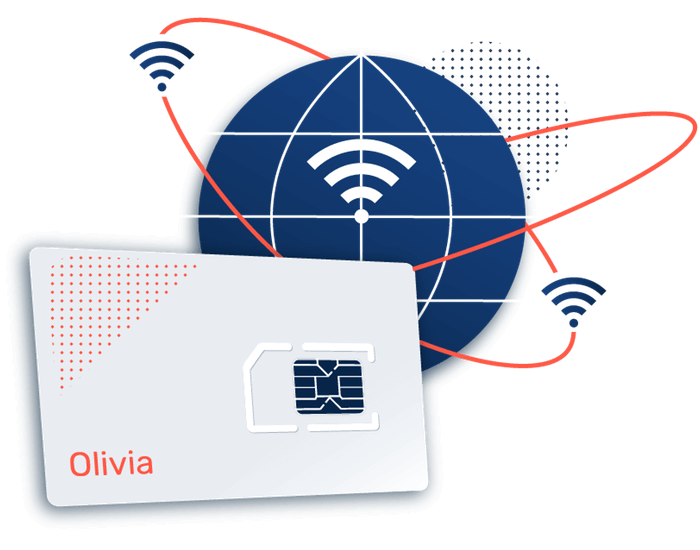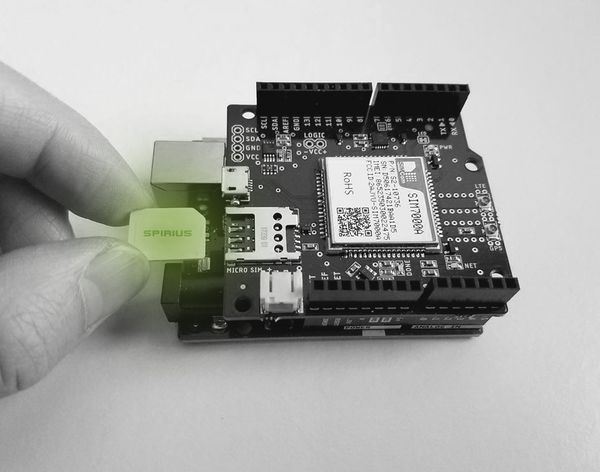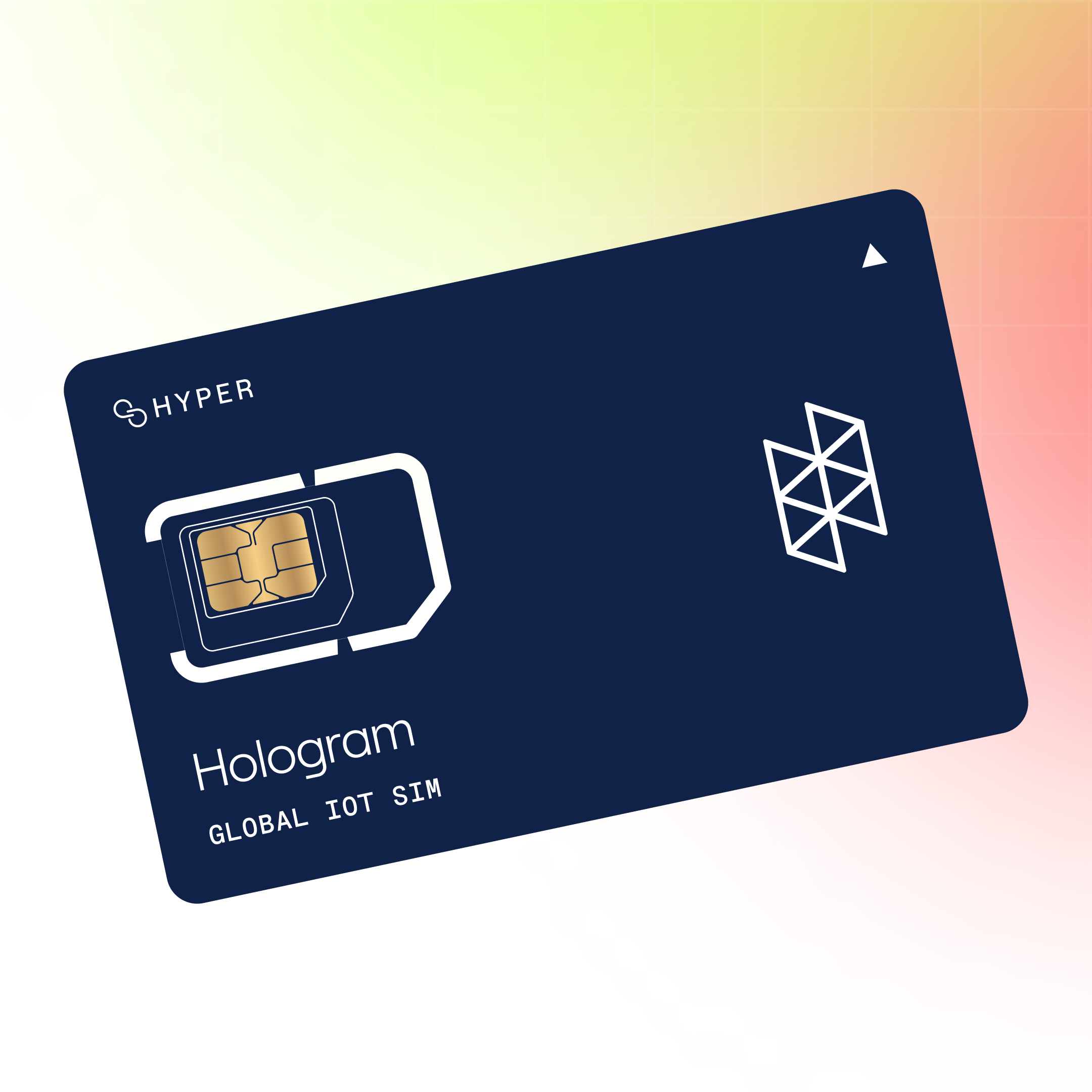Web Ssh Access Iot Devices What Is the Internet of Things?
Web Ssh Access Iot Devices What Is the Internet of Things?
Blog Article
Remotely Manage Iot Devices Internet of Things Definition Overview

The panorama of the Internet of Things (IoT) is marked by a massive number of connectivity standards and protocols designed to facilitate communication between units, applications, and companies. Each standard addresses specific wants and situations, making it essential to check these protocols based mostly on factors like scalability, vary, power consumption, and utility suitability.
IoT connectivity standards encompass a wide selection of technologies, together with Bluetooth, Zigbee, MQTT, CoAP, LoRaWAN, and cellular protocols such as LTE and 5G. Understanding the strengths and weaknesses of those standards can guide companies and developers in deciding on the best resolution for their applications, finally impacting the efficiency and effectiveness of their IoT ecosystems.
Examples Of Iot Devices 2024 IoT Smart Device Trends
Bluetooth is a extensively adopted standard known for its short-range connectivity. Bluetooth Low Energy (BLE) presents lower energy consumption, making it appropriate for battery-operated units. This protocol is especially effective for consumer IoT functions, such as fitness trackers and smart residence units. However, its restricted vary can be a important drawback for purposes that require long-distance communication.
Zigbee, one other in style IoT protocol, is well-suited for mesh networking. This allows units to speak over larger distances by relaying knowledge between nodes. It operates on low power and is usually used in smart lighting and home automation techniques. Zigbee's strength lies in its ability to help numerous gadgets within a network, making it ideal for smart building purposes.
On the opposite hand, MQTT (Message Queuing Telemetry Transport) is a light-weight messaging protocol designed particularly for low-bandwidth and high-latency networks. It excels in scenarios where real-time communication is essential, corresponding to in remote sensor networks or machine-to-machine (M2M) communication. MQTT is designed for efficient message delivery, making it a top choice for IoT purposes that require instant data transmission.
Are Iot Devices Remotely Controllable 24 IoT Devices Connecting World
CoAP (Constrained Application Protocol) is another messaging protocol tailor-made for constrained devices on lossy networks. It is often used in applications with strict requirements relating to power usage and data overhead. CoAP operates over UDP, which allows low-latency communication, making it best for real-time knowledge switch in smart metropolis purposes and industrial automation.
LoRaWAN (Long Range Wide Area Network) serves a special objective, concentrating on low-power, long-range communication. It is particularly effective for IoT applications that need to cover large geographic areas, such as agricultural sensors or city-wide monitoring systems. LoRaWAN networks can assist 1000's of gadgets, providing scalability that many different protocols could lack.
Ssh Iot Devices Free What Is an IoT Device?
Cellular networks, significantly LTE and 5G, present a sturdy connectivity possibility for IoT units requiring excessive bandwidth and low latency. 5G is designed for enormous IoT implementations with low latency, enabling real-time communication for applications corresponding to autonomous automobiles and smart healthcare. However, the value of cellular connectivity can be prohibitive for smaller projects, making it important to gauge the budget alongside technical necessities.
Security is one other crucial consideration in the comparability of IoT connectivity standards. Each protocol has its personal approach to information encryption and system authentication. MQTT, for example, can benefit from SSL/TLS encryption, while CoAP presents Datagram Transport Layer Security (DTLS). Ensuring strong security measures is important, notably in scenarios involving delicate information, similar to health monitoring.
Interoperability is a major challenge within the IoT domain, as myriad devices and platforms often make the most of totally different protocols. Ensuring compatibility between varied methods can complicate implementation. Some standards, such as Zigbee and MQTT, present bridges or gateways that facilitate interoperability with different protocols, enabling more seamless integration within an IoT ecosystem.
Latency and bandwidth necessities differ greatly amongst totally different functions. Low-bandwidth, high-latency purposes like smart agriculture could find success with LoRaWAN, while real-time purposes corresponding to video surveillance might necessitate high-speed connectivity offered by 5G. The alternative of connectivity protocol should align with the precise requirements of the applying in question to foster optimum performance.
Access Control Iot Devices Number of IoT Devices 2024
Environmental elements additionally play a job in determining probably the most appropriate connectivity standard. Urban environments could present challenges for protocols like LoRaWAN as a outcome of obstruction and interference, while BLE might battle with distance in large-area deployments. Understanding the physical environment by which the gadgets will operate is important for ensuring reliable connectivity.
Deployment situations, whether or not they involve city, rural, or industrial settings, significantly affect the selection of connectivity standards. Industrial environments often necessitate protocols that can deal with high-bandwidth information streams, while smart home purposes might prioritize low-power options. Different settings will dictate the parameters of the IoT deployment, necessitating a tailor-made approach.
Remote Iot Monitoring Devices Guide to IoT for Marketers
In conclusion, the comparison of IoT connectivity standards and protocols reveals read review a diverse array of options, every with its distinct advantages and trade-offs. Understanding the particular needs of an application, including distance, power consumption, and knowledge transmission necessities, is crucial in deciding on the most acceptable standard. The tendencies within the evolving panorama spotlight the significance of seamless communication, sturdy safety, and interoperability to create cohesive and efficient IoT ecosystems. As expertise continues to advance, the necessity for adaptable and scalable options turns into much more pronounced, guiding future developments in IoT connectivity.
- Various IoT connectivity standards, corresponding to Zigbee, Z-Wave, and LoRaWAN, cater to totally different software needs, with Zigbee focusing on short-range low-power communication and LoRaWAN emphasizing long-range capabilities.
What Is Iot Devices What Is IoT Device Management?
- Bluetooth Low Energy (BLE) is optimal for applications requiring quick gadget pairing and minimal energy consumption, making it appropriate for wearables and short-range smart house units.
(Remote Access Iot Devices Through Ssh)
- Cellular IoT standards like NB-IoT and LTE-M are tailor-made for units demanding wider protection with network reliability, perfect for agricultural and transportation sectors.
- MQTT and CoAP are outstanding application layer protocols for IoT, where MQTT excels in lightweight message transport whereas CoAP is designed for constrained environments with lower overhead.
- Security remains a crucial differentiator among protocols; for instance, Zigbee employs AES encryption, while standards like LoRaWAN use end-to-end encryption to protect knowledge integrity.
Are Iot Devices Remotely Controllable 9 IoT Devices for Home Automation
- Some connectivity standards prioritize scalability; as an example, Thread helps mesh networking, permitting a quantity of gadgets to speak with no central hub, enhancing community resiliency.

- The power consumption profiles of protocols can differ: LoRaWAN is extremely energy-efficient for low-frequency updates, whereas protocols like Wi-Fi require more substantial power, making them less appropriate for battery-operated units.
- Different protocols might offer various degrees of interoperability; standards like AllSeen Alliance aim to create a unified ecosystem, whereas others may require specific gateways or bridges for cross-standard communication.
- The choice of protocol usually depends on environmental issues, with standards like Zigbee performing properly in indoor settings due to its sturdy anti-interference capabilities compared to others like LoRaWAN, which is best suited for rural functions.
What are the primary IoT connectivity standards?
Best Remote Access Iot Devices Free IoT Device Visibility Explained
The major IoT connectivity standards embrace MQTT, CoAP, HTTP, LoRaWAN, Zigbee, and NB-IoT. Each standard serves specific use circumstances, with varying levels of efficiency, power consumption, and vary, catering to diverse IoT applications.
How do I select the right protocol for my IoT application?
Selecting the suitable IoT protocol is dependent upon elements like data quantity, power consumption, latency necessities, and network topology. Analyzing these elements alongside the specific operational environment will information you in the direction of the most fitted choice (Best Remotely Access Iot Devices Web).
What are the differences between LPWAN and traditional wireless protocols?
Smart Iot Devices Analysis of IoT Devices at Home
LPWAN (Low Power Wide Area Network) protocols, like LoRaWAN and NB-IoT, give consideration to long-range communication with low energy consumption, making them perfect for battery-operated gadgets. In distinction, traditional wireless protocols like Wi-Fi and cellular supply higher bandwidth and quicker connectivity, however they devour extra energy and have shorter ranges.
Is safety a major concern in IoT connectivity standards?
Yes, safety is paramount in IoT connectivity. Protocols like MQTT and CoAP incorporate security measures like authentication and encryption. It's essential to know these features when choosing a protocol to ensure knowledge protection and device integrity.
Can a number of protocols be used in a single IoT deployment?
Best Web Access Iot Devices Everything About Internet of Things
Absolutely. Many IoT deployments utilize a mixture of protocols to optimize performance and coverage. For instance, you might use LPWAN for long-range sensor information and Wi-Fi for native, high-bandwidth communication.

What are the benefits of using MQTT over CoAP?
MQTT is designed for high-throughput messaging and low bandwidth, making it appropriate for environments with frequent updates. CoAP, then again, is optimized for constrained devices and networks, making them a greater match for certain applications. Choosing between them is dependent upon particular application necessities.
Remotely Access Iot Devices Web Free What Is the Internet of Things?
How does network structure influence IoT protocol choice?
Network structure affects his explanation protocol choice by dictating components like range, scalability, and connectivity. A centralized structure might benefit from protocols like HTTP, whereas a decentralized architecture could lean in the course of MQTT or CoAP for efficient message routing.
What Are Iot Devices IoT and Data Placement Overview
Are there future developments in IoT connectivity standards?
Yes, future tendencies include elevated adoption of 5G technology, enhanced safety measures, and interoperability between existing and new protocols. Emerging standards like Matter goal to unify IoT devices, making integration and communication extra seamless across platforms.
Report this page